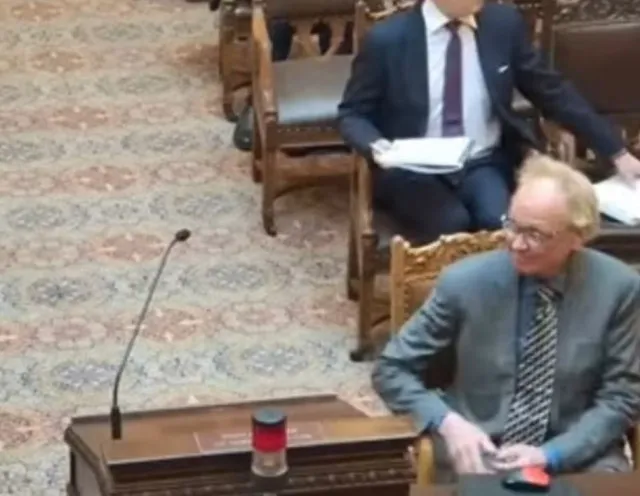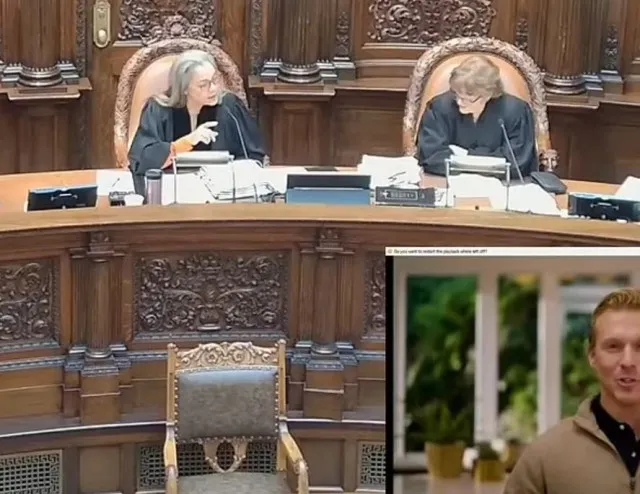A New York appeals court judge was outraged by a bizarre courtroom trick. The trick involved an AI-generated lawyer.
This incident shows how technology is rapidly entering courtrooms.
The plaintiff used an AI-generated lawyer for his employment dispute
Jerome Dewald appeared before the New York State Supreme Court Appellate Division’s First Judicial Department on March 26.

He was there to argue for the reversal of a lower court’s decision in an employment dispute.
Jerome Dewald, 74, represented himself in an employment dispute. He used a prerecorded video to present his argument. In the video, a young man appeared as his lawyer.
“May it please the court,” the avatar began in a smooth, confident tone, “I come here today a humble pro se before a panel of five distinguished justices.”
This fake lawyer was created with AI technology. The video featured a smiling man in a blue shirt and beige sweater.
The virtual background looked luxurious but was blurred.
The judge demanded transparent disclosure about all court representations
The judges exchanged baffled looks, clearly sensing something was off.

Justice Sallie Manzanet-Daniels interrupted the proceedings. She asked, “Is that counsel for the case?” The judge quickly noticed something was off.
When Dewald admitted, “I generated that. That is not a real person,” the tone in the courtroom shifted sharply.
Justice Manzanet-Daniels, visibly frustrated, declared, “It would have been nice to know that when you made your application. You did not tell me that, sir,” she said sharply, instructing court staff to remove the video from the screen.
“I received the application, and you have appeared before this court and been able to testify—verbally—in the past,” she continued.
“You have gone to my clerk’s office and held verbal conversations with our staff for over 30 minutes. OK? If you want to have oral argument time, you may stand up and give it to me. I don’t appreciate being misled.”

The incident highlights the challenges and opportunities of AI in legal proceedings
Despite prior verbal interactions, the court found Dewald’s explanation unconvincing and criticized him for not disclosing the video.”
Justice Manzanet-Daniels reminded him he could speak for himself and urged him to present oral arguments directly.”
In the trial, Dewald explained that he intended to prevent nervous mistakes. He believed an AI avatar would help him speak more fluently. His aim was efficiency and clarity.
He never meant to deceive the court. In an apology letter, he acknowledged misleading the panel. He wrote that transparency must always come first.

“My intent was never to deceive,” Dewald wrote, “but rather to present my arguments in the most efficient manner possible. However, I recognize that proper disclosure and transparency must always take precedence.”
Additionally, he also admitted to technical difficulties in creating a digital version of himself.
The judge recalled previous in-person communication. She noted that Dewald had spoken with staff for over 30 minutes before. This history made the deception even more shocking. The panel was left dumbfounded by the trick.